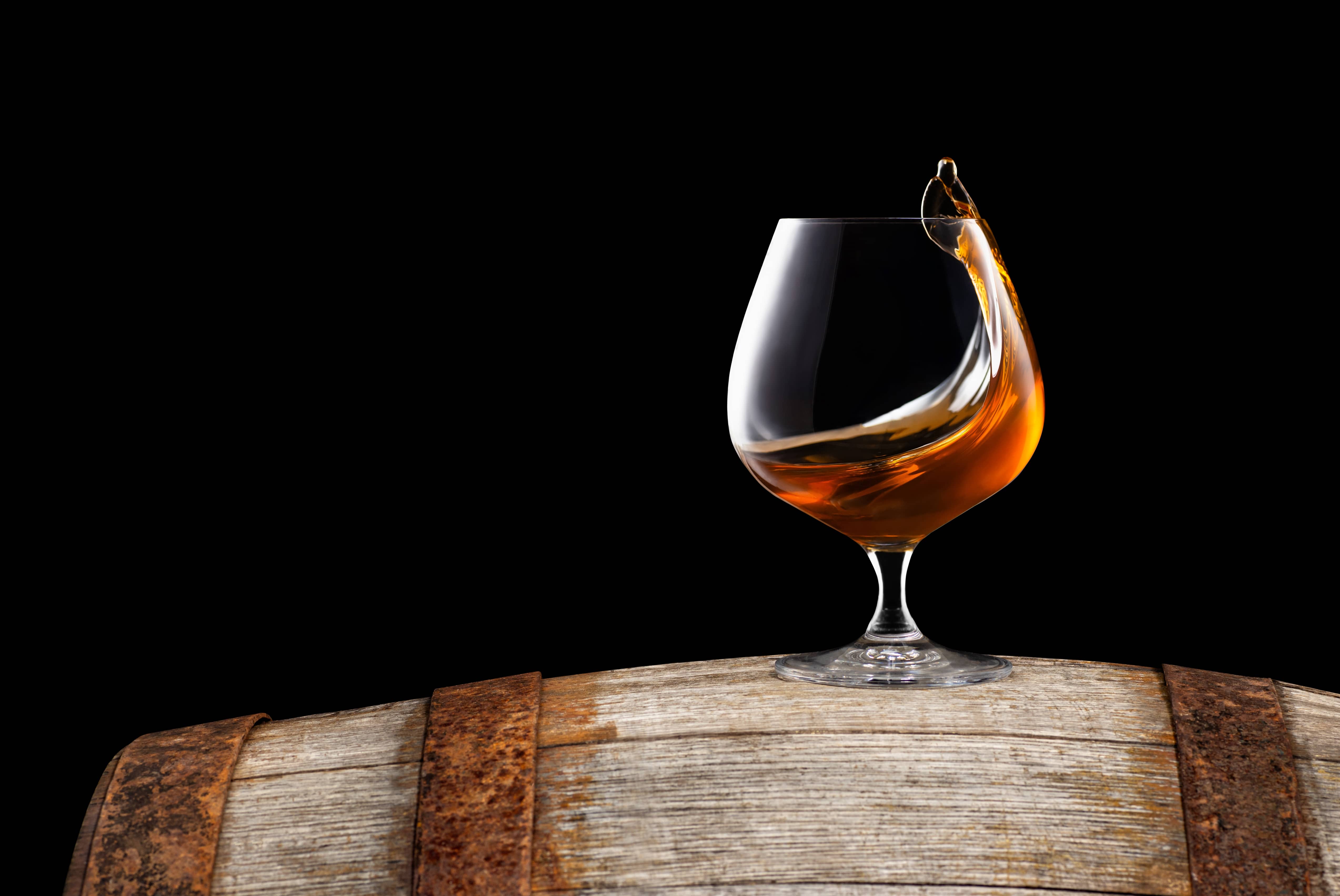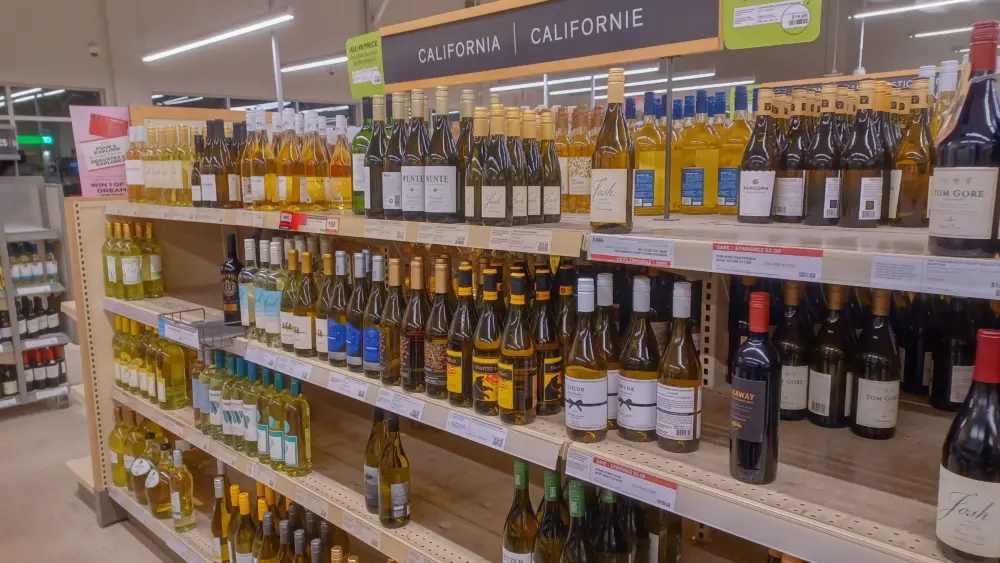
The combination of increasing prices for oak barrels and the need to attract new customers has led a few wineries to begin aging wine in repurposed Bourbon barrels. By doing so, many are finding both cost savings and consumers who resonate with the resulting product.
By law, in the United States a Bourbon barrel can be used only once to age the spirit, and that barrel must be made of American oak and heavily charred. Other beverages, like wine, don’t have such restrictions. As a consequence, historically, once-used Bourbon barrels have often been used to age Scotch in Scotland, with thousands of barrels making the journey across the Atlantic each year. Such barrels have also been used to make other spirits, such as reposado and añejo tequilas, rum and cachaca. More recently, everything from beer producers to sugar-makers who render maple syrup have touted the distinct flavors and aromas imparted by aging their products in Bourbon barrels. And for the last decade, even a few adventurous wineries have found select—or at least curious—consumers willing to pay a premium for such brown-spirit, barrel-aged wines.
Doing the math
A new French oak barrel can cost anywhere from about $1,000 to more than $4,000. New American oak barrels range from about $400 to $1,200. Purchasing a used barrel or adding oak chips during aging can reduce the cost substantially. A used barrel ranges anywhere from $75 (American) up to $500 (French). Depending on source and quality, oak chips cost anywhere from about $5 to $50 a pound. A used Bourbon barrel averages around $150.
The cost (and more recently, the availability) of new oak barrels has become a concern for wine producers. For those programs that lean heavily on new oak to provide the intensity of particular flavors and richness, there’s no substitute. For many wine programs, however, optimizing the ratio between aging containers (e.g., new and used barrels, stainless-steel tanks, concrete eggs, etc.) from a stylistic and economic perspective just makes sense. Although Bourbon barrels are typically used only at the end of the aging process, even so, if using a certain type of once-used barrel gives you a pop of flavor and texture and also attracts new customers, many winemakers feel the situation is a no-brainer.
 Beyond the cost implications and novelty factor, Bourbon-barrel aged wines contain certain desired characteristics. Bourbon is typically considered to have flavor attributes that include vanilla, coconut, brown sugar, Christmas spices, smoke and dark maple syrup, and many of the wines made from these barrels display those attributes. This makes sense because highly toasted American oak barrels are known to infuse these exact flavor/aroma elements into any liquid stored in them, especially those liquids that contain alcohol, which is an effective solvent.
Beyond the cost implications and novelty factor, Bourbon-barrel aged wines contain certain desired characteristics. Bourbon is typically considered to have flavor attributes that include vanilla, coconut, brown sugar, Christmas spices, smoke and dark maple syrup, and many of the wines made from these barrels display those attributes. This makes sense because highly toasted American oak barrels are known to infuse these exact flavor/aroma elements into any liquid stored in them, especially those liquids that contain alcohol, which is an effective solvent.
Not that Bourbon barrels have never been used to age wine before. Several decades ago, August Sebastiani used Bourbon barrels to age a portion of his popular reserve Barbera and Zinfandel. Sebastiani didn’t highlight this fact to his drinkers, but nowadays wines made using these barrels, such as 1,000 stories, Stave and Steel, Agitator, Southern Belle, Barrelhouse, Copper and Thief and a few others prominently display “Bourbon-barrel aged” on their labels and in their marketing efforts.
My experience with such wines is that they are often modeled after the Prisoner, a wine originally made by winemaker Dave Phinney in 2000. They are often very high in alcohol (15% or higher), range from slightly to extremely sweet, and can sometimes verge on trying too hard to show off their “Bourbon” flavors of vanilla and coconut. If that is your thing, then these are worth checking out. You will likely pay a $3 to $5 per-bottle premium for the experience, but given that many of these wines are in the $12 to $25 range, your experiment won’t break the bank.
What I find most fascinating is that although moderately priced wines have been at the forefront of this trend, in the last couple of years a growing number of high-end winemakers have brought in a few such barrels to test them out. One winemaker told me recently that the difficulty of procuring and affording new oak has left his winery little choice but to explore alternatives. “Hey, I’ll try anything so long as it doesn’t negatively impact quality,” he said. “Besides, who doesn’t like a good Bourbon-infused wine every now and again?”
Author
-

Tim Carl lives, writes and teaches in Calistoga. He grew up in St. Helena and traces his Calistoga grape-growing roots back five generations. You can reach him at tcarl@northbaybiz.com.
View all posts



